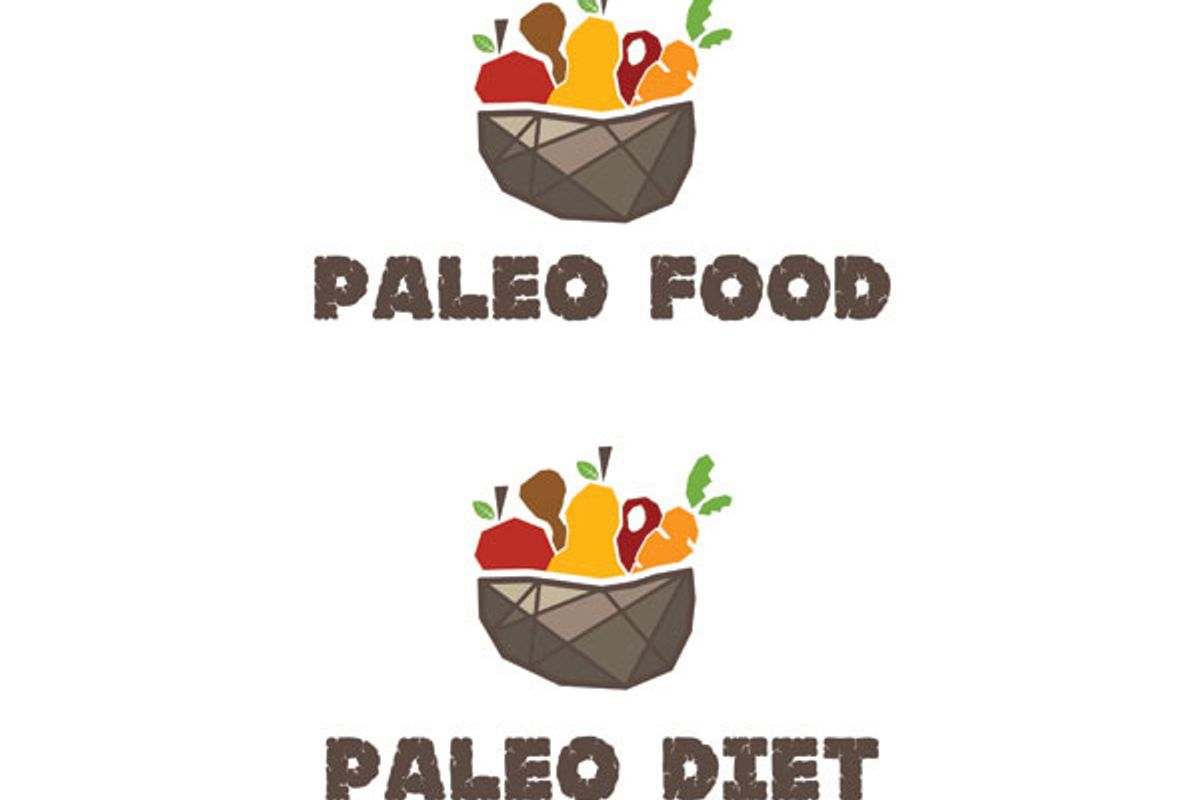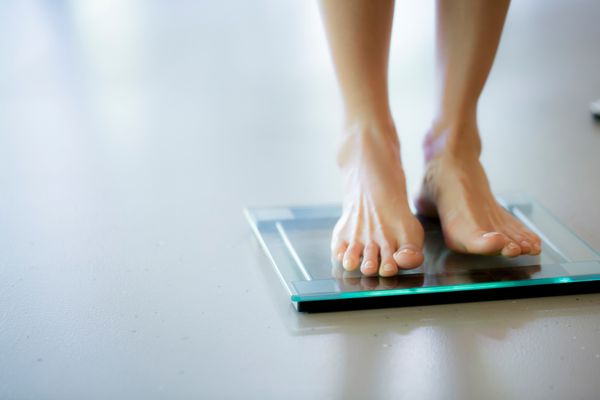Claims
By eating a diet of meat, seafood, fruits and vegetables—foods that were most abundantly available to our hunter-gatherer ancestors—people can not only lose weight but also cut their risk of cardiovascular disease and other chronic conditions through restriction of dietary choices. This diet may be considered the ultimate in "back to basics," because it bars foods that became popular with agricultural advancements—namely, all grains, refined or processed foods, salt, trans fats and high-glycemic carbohydrates.
How It Works
Carbohydrates are believed by some to cause inflammation in the body, so by restricting this food group and consuming only nutrient-dense protein and produce, individuals are thought to stave off weight gain, heart problems, diabetes and other conditions.
Overview
This diet is popular among people trying to build muscle, because it allows for all the protein you want. People following the paleo lifestyle can eat their fill of shellfish, eggs, tree nuts, meat, vegetables, roots, berries and fruit. Strictly excluded from this diet are dairy, grains, sugar, legumes, processed fats, added salt and anything that people wouldn't have recognized as food hundreds of years ago. Additionally, individuals on this diet can drink only water, green tea or coconut water.
Success Rate
The paleo diet is still pretty new, so there's not much research on the long-term success rates. However, one small study on nine individuals who consumed the paleo diet for 10 days showed that the dieters experienced better insulin response, glucose levels and lipid profiles after the trial period.
Health Pros and Cons
Pros are that it includes an abundance of produce and omega-3 fats, both of which are thought to benefit many areas of wellness. High protein intake may also mean that dieters will be less hungry on this plan compared to others.
The cons of the paleo diet, according to experts, are that it cuts out traditionally healthy foods like low-fat dairy, legumes and whole grains. These are thought to provide much of the calcium, vitamin D, fiber and other nutrients in many American diets.
How Easy Is It?
Some paleo plans are more restrictive than others, so it depends on the one you choose, as well as your natural proclivity toward certain foods. Some experts say it's fine to eat raw honey or coconut palm sugar in moderation. Others might instruct dieters to fast, consume only raw foods or eliminate nightshade vegetables like eggplant and tomatoes. One benefit to the diet's popularity is that there are plenty of recipes out there that make it easier for people to follow the plan.
Who Is It Best For?
Active individuals looking to gain muscle and lose fat may stand to benefit the most from this diet. In general, it's not recommended for vegans or vegetarians because it's so heavy in meat and restricts plant sources of protein like legumes and whole grains.
Costs and Special Products
Considering the relatively high costs of fresh produce and healthy meats, this diet may require some budgeting. But, there are no special products to buy.







